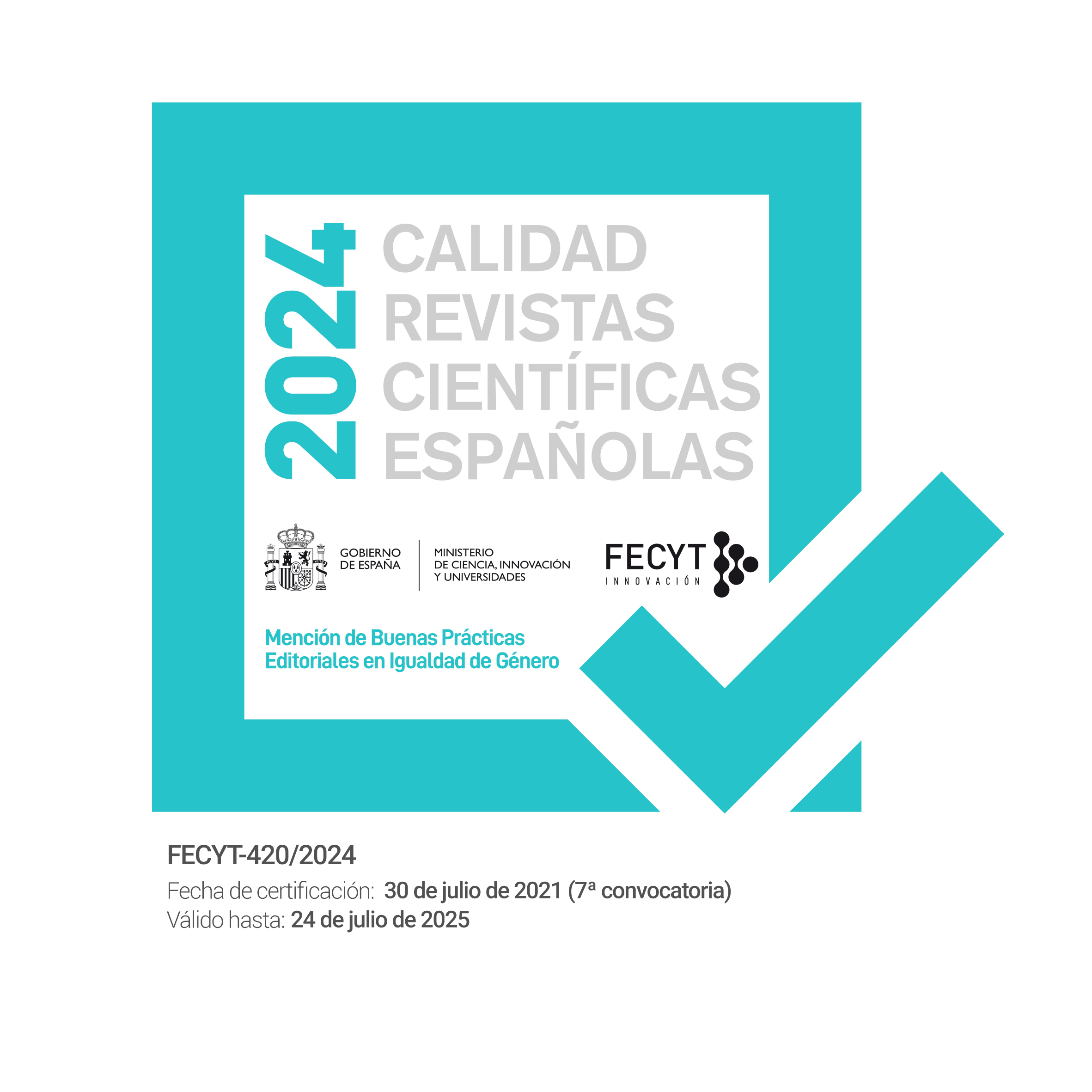Capital Ruptures: Economies of Crisis and Urban Space in Javier Moreno's 2020
Keywords:
Literature, Crisis, Javier Moreno, non-place, space, capitalismAbstract
This essay asserts that the aftermath of the 2008 global economic crisis has re-focused scholarship onto capitalism’s tendency towards what David Harvey calls “creative destruction,” where space is continually destroyed and reproduced to serve the interests of capital. Following Harvey, my essay investigates the representation of space in relation to economic crisis in Javier Moreno’s novel 2020. I contend that in 2020, excess non-“places”—specifically, taxis, supermarkets, and airports—intrinsic to late capitalist society transform into sites of solidarity and social transformation as capital relentlessly degrades proper “places” of the urban landscape. Thus, the essay critically examines depictions of spaces, places, and non-places in 2020 to argue that Moreno "capitalizes" upon the political economy’s contradictions to represent the city’s supposedly unhistorical, asocial, excess “non-places” as sites that subvert neoliberal principles in a futuristic Madrid plagued by unfathomable crisis. This line of inquiry ultimately leads me to envision the novel in crisis as a virtual commons that encourages dialogue and cultural critique.
Published
How to Cite
Issue
Section
License
All contents published in the journal are protected under a Creative Commons BY-NC-ND license. This corresponds to legislation within Spain, and does not allow commercial use of the texts. It is not possible to modify the contents either.
General information.
Comparative Literature magazine 452ºF [ISSN 2013-3294] is a publishing project coordinated by Asociación Cultural 452ºF, and developed by its Editorial board.
Access to the Contents and Copyright.
All contents published in the journal are protected under a Creative Commons BY-NC-ND license. This corresponds to legislation within Spain, and does not allow commercial use of the texts. It is not possible to modify the contents either.
Every person has free access to the contents of the journal as long as they understand and assume that no profit is to be made on other people’s work.
In all cases, the original source name of the online journal and the article must be mentioned when used for any purposes.
Basic Conditions of all Call for Papers.
- 1. The author accepts that sending the paper:
- a. Does not guarantee the publication of it.
- b. Is done in accordance to the style-sheet of the magazine and the requirements of the specific call for papers.
- c. Implies the non-exclusive transferring of the first publication rights of the paper, as long as it is selected to be published in the journal, to theAsociación Cultural 452ºF, under a Creative Commons BY-NC-ND license.
- 2. The journal 452ºF, in due respect to moral rights of a copyright, guarantees that:
- a. All papers will be evaluated according to the procedure already mentioned.
- b. All authors will receive either a positive or negative answer to their sending a paper for publication.
- c. All papers will be published unabridged. The journal might make changes in the typographical disposition according to the needs.
- d. All papers will be published under a Creative Commons BY-NC-ND license.




